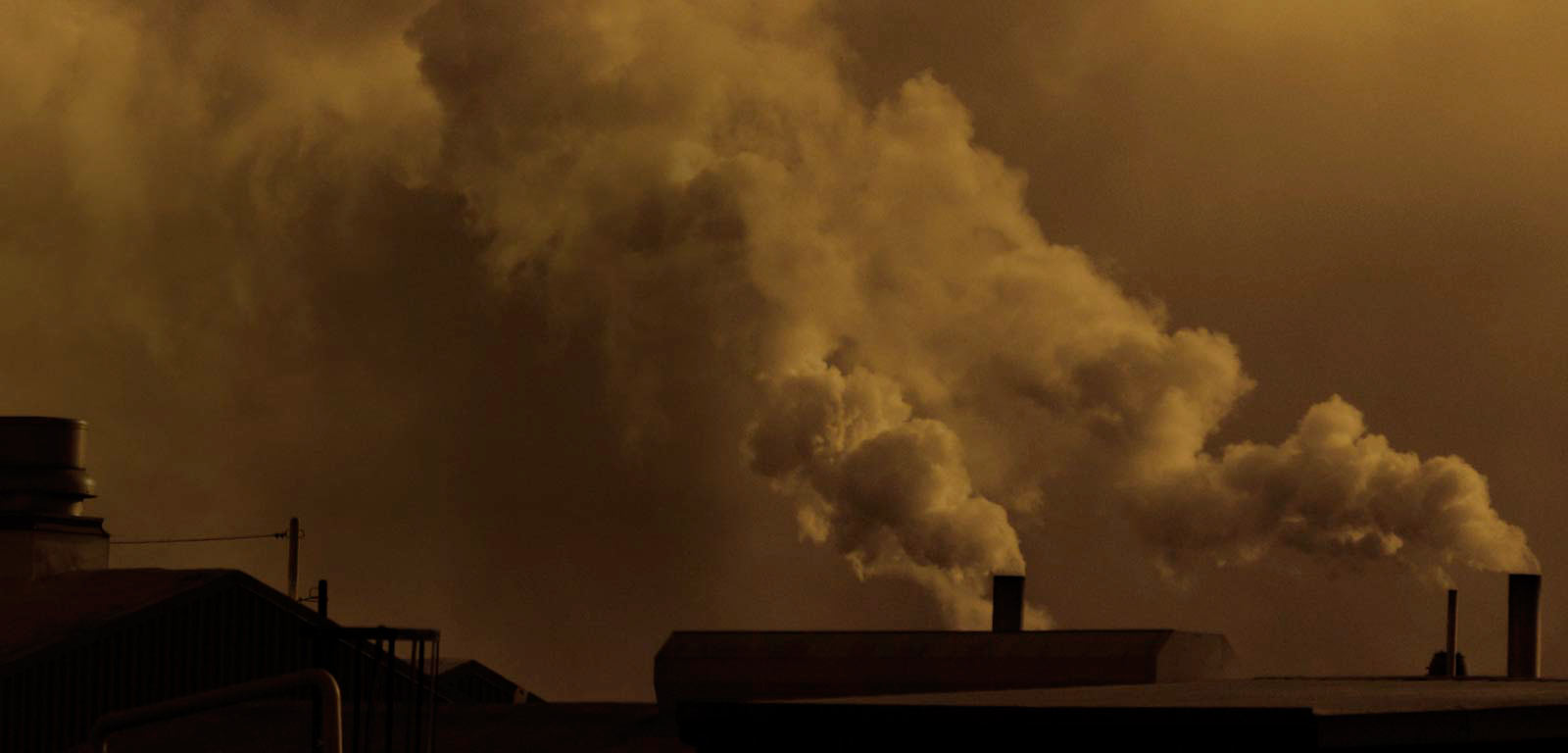Subject
Eutrophication and Harmful Algae
General details of the subject
- Mode
- Face-to-face degree course
- Language
- English
Description and contextualization of the subject
Overview of the effects of harmful algae on marine ecosystems and human health. Factors contributing to harmful algal blooms development. Eutrophication and its control.Teaching staff
| Name | Institution | Category | Doctor | Teaching profile | Area | |
|---|---|---|---|---|---|---|
| LAZA MARTINEZ, AITOR | University of the Basque Country | Profesorado Adjunto (Ayudante Doctor/A) | Doctor | Bilingual | Ecology | aitor.laza@ehu.eus |
| SEOANE PARRA, SERGIO | University of the Basque Country | Profesorado Pleno | Doctor | Bilingual | Ecology | sergio.seoane@ehu.eus |
Competencies
| Name | Weight |
|---|---|
| know the effect of the different kinds of harmful algae | 25.0 % |
| know the different methods we use to detect and identify them | 25.0 % |
| know the process of eutrophication and how to control it. Basic knowledge of the procedure used to control eutrophized marine areas. | 30.0 % |
| Monitoring harmful algae in aquaculture facilities. | 10.0 % |
| Monitoring phytoplankton in the context of the European Directives. | 10.0 % |
Study types
| Type | Face-to-face hours | Non face-to-face hours | Total hours |
|---|---|---|---|
| Lecture-based | 12 | 22 | 34 |
| Seminar | 5 | 15 | 20 |
| Applied classroom-based groups | 2 | 0 | 2 |
| Applied laboratory-based groups | 10 | 12 | 22 |
| Workshop | 5 | 5 | 10 |
| Applied fieldwork groups | 6 | 6 | 12 |
Training activities
| Name | Hours | Percentage of classroom teaching |
|---|---|---|
| Classroom practicals | 2.0 | 100 % |
| Field practicals | 12.0 | 50 % |
| Groupwork | 10.0 | 50 % |
| Laboratory practicals | 22.0 | 45 % |
| Lectures | 34.0 | 35 % |
| Seminars | 20.0 | 25 % |
Assessment systems
| Name | Minimum weighting | Maximum weighting |
|---|---|---|
| Assistance is compulsory and the level of participation will be evaluated | 0.0 % | 50.0 % |
| Practical tasks | 0.0 % | 20.0 % |
| Presentations | 0.0 % | 40.0 % |
| Written examination | 0.0 % | 40.0 % |
Ordinary call: orientations and renunciation
Las condiciones de renuncia a la convocatoria ordinaria se rigen por la Normativa de permanencia del alumnado de los másteres universitarios aprobada por el acuerdo de consejo social de la UPV/EHU el 22 de Julio de 2015. En todo caso habrá que comunicar por escrito a la comisión académica del master la renuncia a la convocatoria, 48 horas antes de la primera prueba de evaluación de la asignatura.Extraordinary call: orientations and renunciation
Condiciones de evaluación a discutir con el profesorado.Las condiciones de renuncia a la convocatoria extraordinaria se rigen por la Normativa de permanencia del alumnado de los másteres universitarios aprobada por el acuerdo de consejo social de la UPV/EHU el 22 de Julio de 2015. En todo caso habrá que comunicar por escrito a la comisión académica del master la renuncia a la convocatoria 15 días antes a la prueba de evaluación extraordinaria.
Temary
Topics covered include:- Presentation of the different types of harmful microalgae
- Methods of detection and identification of harmful algae
- Impact of harmful algal blooms (HABs) on humans, wild fauna and aquaculture
- Factors triggering harmful algal blooms
- Eutrophication of estuaries and coastal waters
- Factors enhancing eutrophication
- Restoration of eutrophized habitats: case studies
Bibliography
Grant, Pitcher & Pillar. 2010. Harmful Algal Blooms in Upwelling Systems. Progress in Oceanography. 85: 1-136.
Glibert, Burkholder, Graneli & Anderson. 2008. HABs and Eutrophication. Harmful Algae. 8: 1-188.
Karlson, Cusack & Bresnan. 2010. Microscopic and Molecular Methods for Quantitative Phytoplankton Analysis. IOC (Intergovernmental Oceanographic Commission of UNESCO). Paris, 110pp.
Suthers & Rissik. 2009. Plankton. A guide to their Ecology and Monitoring for Water Quality.
Bibliography
Basic bibliography
BibliografíaGrant, Pitcher & Pillar. 2010. Harmful Algal Blooms in Upwelling Systems. Progress in Oceanography. 85: 1-136.
Glibert, Burkholder, Graneli & Anderson. 2008. HABs and Eutrophication. Harmful Algae. 8: 1-188.
Karlson, Cusack & Bresnan. 2010. Microscopic and Molecular Methods for Quantitative Phytoplankton Analysis. IOC (Intergovernmental Oceanographic Commission of UNESCO). Paris, 110pp.
Suthers & Rissik. 2009. Plankton. A guide to their Ecology and Monitoring for Water Quality.


